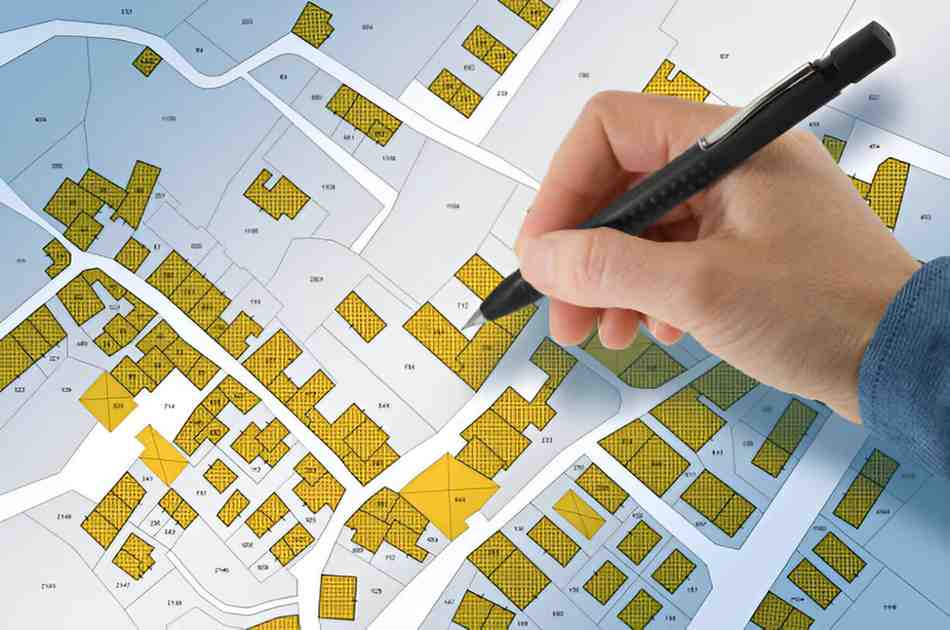Balloon mortgages are a unique and lesser-known type of home loan that often raises questions among prospective borrowers. As a long-time enthusiast of personal finance, I’ve explored various mortgage types, and balloon mortgages hold particular intrigue due to their distinctive characteristics. In this article, I will walk you through the details of balloon mortgage lenders, explaining what balloon mortgages are, how they work, and their benefits and risks. I will also compare balloon mortgages to other loan types and provide insights to help you decide if a balloon mortgage might be the right option for you.
Table of Contents
What is a Balloon Mortgage?
A balloon mortgage is a type of loan that is characterized by relatively low monthly payments throughout the life of the loan, followed by a large lump-sum payment (the “balloon” payment) at the end of the loan term. The balloon payment covers the remaining balance of the loan after the smaller monthly payments have been made. These loans typically have a shorter term than traditional mortgages, often ranging from 5 to 7 years, and require the borrower to refinance or pay off the loan in full at the end of the term.
One of the most appealing aspects of a balloon mortgage is the low monthly payments during the loan term. This can make it an attractive option for borrowers who expect to have higher earnings in the future or anticipate selling the property before the balloon payment comes due.
How Does a Balloon Mortgage Work?
A balloon mortgage works by structuring the loan so that only a portion of the interest and principal is paid off during the loan’s term. Most of the principal remains due at the end of the term, creating the need for a balloon payment.
Let’s break this down with an example:
Assume you take out a $200,000 balloon mortgage with an interest rate of 5%, and the loan term is 7 years. The monthly payments for the first 7 years are based on a 30-year amortization schedule, meaning the monthly payments are calculated as if the loan were going to be paid off over 30 years. However, at the end of the 7 years, the remaining balance is due as a lump sum.
Example of Balloon Mortgage Payment Structure
Here’s an example calculation for a $200,000 balloon mortgage:
- Loan amount: $200,000
- Interest rate: 5%
- Loan term: 7 years (balloon term)
- Amortization period: 30 years
The monthly payments for the first 7 years would be based on a 30-year amortization, which amounts to about $1,073 per month. At the end of the 7-year period, the remaining balance of the loan would be $172,377. This is the balloon payment, which would need to be paid in full.
| Loan Amount | Interest Rate | Monthly Payment (30-Year Amortization) | Balloon Payment (After 7 Years) |
|---|---|---|---|
| $200,000 | 5% | $1,073 | $172,377 |
Types of Balloon Mortgages
There are different types of balloon mortgages, each catering to specific financial situations and needs. The two main types are:
- Fixed-rate balloon mortgage: This type of mortgage has a fixed interest rate for the entire term of the loan. The monthly payments remain consistent over the loan’s term, and the borrower is expected to make the balloon payment at the end of the loan term.
- Adjustable-rate balloon mortgage: In this type, the interest rate is adjustable after a certain period. The rate may change periodically, which means the monthly payments could fluctuate over the term of the loan.
Pros and Cons of Balloon Mortgages
Pros of Balloon Mortgages:
- Lower Initial Payments: The primary advantage of a balloon mortgage is the lower monthly payments in the initial years of the loan. This can be very appealing for borrowers who anticipate a change in their financial situation in the near future, such as a higher income or the sale of the property.
- Short-Term Loan Option: Balloon mortgages typically have shorter terms (5-7 years), which might be a better fit for someone who plans to sell or refinance the property before the balloon payment is due.
- Flexibility: For borrowers who expect to be in a better financial position at the time the balloon payment is due, a balloon mortgage can provide an opportunity to pay off the loan without the pressure of high monthly payments during the term.
Cons of Balloon Mortgages:
- Large Final Payment: The biggest downside of a balloon mortgage is the large lump-sum payment due at the end of the loan term. If you are unable to refinance or sell the property, you could be forced into a difficult financial situation.
- Refinancing Risk: Refinancing a balloon mortgage can be challenging, especially if interest rates have risen or if your financial situation has changed. If refinancing is not an option, you may be left with no choice but to sell the property or face foreclosure.
- Market Conditions: Balloon mortgages are sensitive to market conditions. If the housing market declines or if interest rates rise, refinancing may not be possible or may come with unfavorable terms.
Balloon Mortgages vs. Traditional Mortgages
When comparing balloon mortgages to traditional fixed-rate or adjustable-rate mortgages (ARMs), the key difference lies in the structure of payments and the final loan balance.
| Feature | Balloon Mortgage | Traditional Mortgage (Fixed) | Adjustable-Rate Mortgage |
|---|---|---|---|
| Loan Term | 5-7 years | 15-30 years | 15-30 years |
| Interest Rate | Fixed or Adjustable | Fixed | Adjustable |
| Monthly Payment | Lower in initial years | Consistent over term | Fluctuates with market conditions |
| Balloon Payment | Large lump sum at end of term | No balloon payment | No balloon payment |
| Refinancing Required | Yes | No | Possible but not required |
When Should You Consider a Balloon Mortgage?
Balloon mortgages can be suitable in certain situations, especially if you expect a change in your financial situation or if you plan to sell the property within a few years. For example:
- Expecting a Pay Raise: If you’re early in your career and expect a substantial increase in income in the near future, a balloon mortgage might be an attractive option since you’ll have lower payments during the loan term.
- Planning to Sell the Property: If you know you’ll be selling the property within the next few years, a balloon mortgage could be a cost-effective way to keep monthly payments low while you’re living in the home.
- Real Estate Investors: For real estate investors who plan to sell or refinance properties within a short period, a balloon mortgage can be a useful financing tool.
Risks and Precautions
However, it’s essential to be aware of the risks:
- Inability to Pay the Balloon Payment: If you don’t have the funds to pay off the balloon payment or can’t refinance, you could lose your home to foreclosure. Always ensure that you have a clear plan for handling the balloon payment.
- Interest Rate Fluctuations: If you have an adjustable-rate balloon mortgage, rising interest rates could increase your payments, making it more challenging to manage your finances.
- Market Conditions: A declining housing market could reduce your home’s value, making it more difficult to refinance or sell the property.
Conclusion
Balloon mortgages are not for everyone, but they can be a useful tool in specific financial situations. They offer lower initial payments and flexibility, but the risk of a large final payment can be daunting. Before considering a balloon mortgage, it’s crucial to fully understand the terms and risks associated with the loan, as well as your ability to manage the balloon payment at the end of the term. By carefully evaluating your financial situation and future plans, you can determine whether a balloon mortgage is the right choice for you.
As with any significant financial decision, it’s essential to work with a trusted mortgage lender and financial advisor who can guide you through the process and help you find the best solution for your needs.





